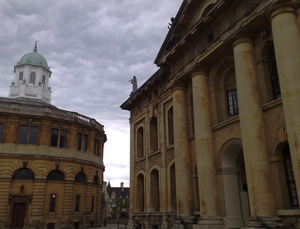This week RunCoCo took part in a project board meeting for Mapping Crime. We were offering some expertise in user-generated content but particularly in user-engagement, to the project manager David Tomkins. This project will see the Bodleian Library map between the crime material available through the John Johnson Collection: An Archive of printed Ephemera and other online resources containing related material or source information.
Two comments during the meeting crystalized my understanding of the project and its outcomes. Firstly, it is a project about the publishing-history of crime, and secondly it is a digital version of the material that feeds into the excellent Lucy Moore book Con Men and Cutpurses: Scenes from the Hogarthian Underworld – think Jack Shepherd, Jonathan Wild, Bill Sykes, Fagin, etc.
Anyway during the meeting RunCoCo offered some suggestions for ways in which the public could more constructively engage with the resource. Although access to this resource is restricted to members of institutions that subscribe to the ProQuest product, there are ways to allow a wider access. The project blog, Curators’ Choice, provides fascinating insights into the history and context of items from Johnson’s collection, and maybe this could be made more open to user-comment and user-contribution. What if a small sample of images were released into a third-party service like Wikimedia Commons or Flickr Commons for user-comment, tagging etc.? A workshop is planned for the autumn 2010. This could be a ‘sweat shop’ (or is ‘hot-house’ a better term?) for further blog posts, wiki pages, timelines, mind-maps, podcasts, curated paths through the Mapping Crime content – similar to the work done by the community of teachers and lecturers who support the First World War Poetry Digital Archive. Contact David Tomkins to register an interest in taking part in this workshop.
Some further research for RunCoCo is to find out about successful user-content, e.g. Atmospeer and EEBO interactions, for other ProQuest products.

Gratuitous picture of the Clarendon Building (the meeting location) and the Sheldonian Theatre (left), Oxford
